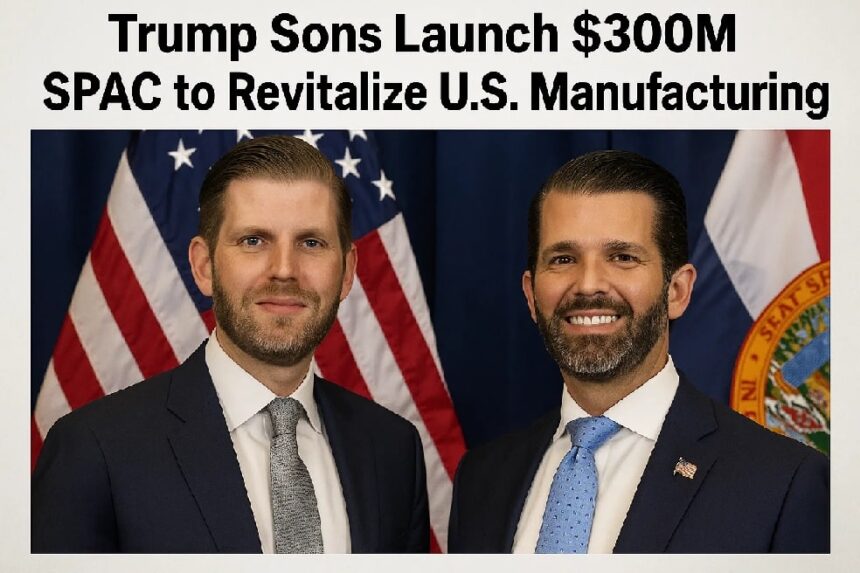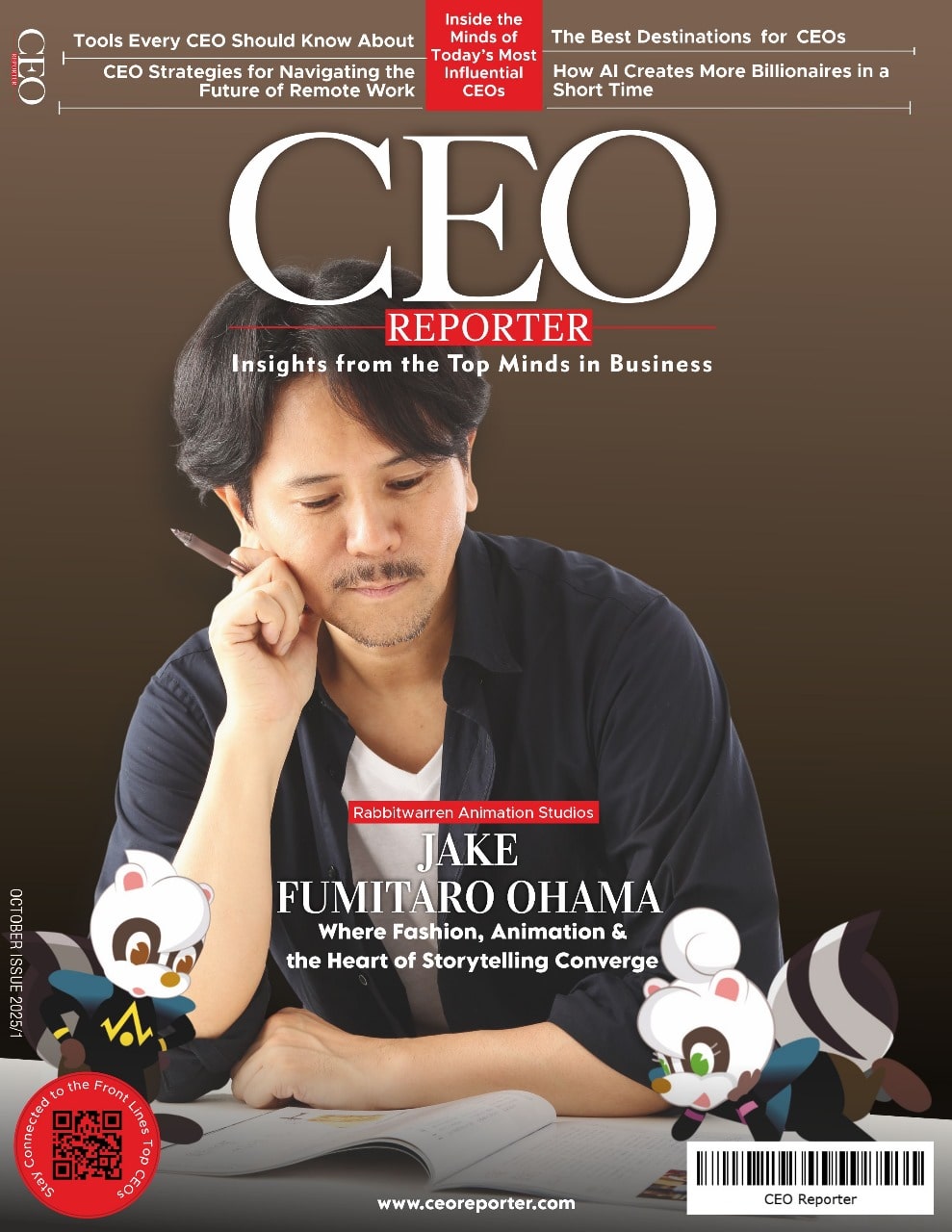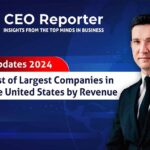On August 4, 2025, New America Acquisition I Corp., a special-purpose acquisition company (SPAC) backed by Eric Trump and Donald Trump Jr., filed with the U.S. Securities and Exchange Commission (SEC) for a $300 million initial public offering (IPO) on the New York Stock Exchange (NYSE). The blank-check firm, advised by Paul Hastings LLP and Holland & Knight LLP, aims to merge with U.S.-based companies valued at $700 million or more, focusing on revitalizing domestic manufacturing, expanding innovation ecosystems, and strengthening critical supply chains. The move aligns with President Donald Trump’s protectionist trade policies, including tariffs aimed at boosting U.S. industry, but has raised concerns about potential conflicts of interest due to the Trump family’s involvement.
Background on New America Acquisition I Corp.
New America Acquisition I Corp. is a SPAC, a publicly traded shell company designed to raise funds through an IPO and merge with a private company, taking it public without the regulatory hurdles of a traditional IPO. The Florida-incorporated firm plans to sell 30 million shares at $10 each to raise $300 million, targeting businesses in sectors such as aerospace, critical minerals, technology, healthcare, and logistics. The SPAC is led by CEO Kevin McGurn, a media and tech executive, with Kyle Wool, president of a small investment firm tied to the Trump sons’ portfolio, also serving as an advisor.
Eric and Donald Trump Jr. will serve on the advisory board, receiving 3 million and 2 million founder shares, respectively, potentially worth $50 million upon trading commencement. These shares convert to common stock upon a successful merger, aligning the brothers’ financial interests with the SPAC’s performance. The filing emphasizes a focus on “American values and priorities,” targeting companies that “play a meaningful role in revitalizing domestic manufacturing, expanding innovation ecosystems, and strengthening critical supply chains.”
Strategic Alignment with Trump Policies
The SPAC’s mission dovetails with President Trump’s trade agenda, which emphasizes tariffs and incentives to bolster U.S. manufacturing. Since taking office in 2025, Trump has imposed tariffs on imports, including a 25% levy on Indian goods effective August 1, 2025, to reduce trade deficits and encourage domestic production. New America’s filing highlights its intent to capitalize on “public policy tailwinds,” targeting companies that can leverage federal or state grants, tax credits, or government contracts. However, an initial filing statement explicitly mentioning these incentives was removed after media inquiries raised conflict-of-interest concerns, with law firm Paul Hastings attributing the inclusion to a “scrivener’s error.”
The revised filing omits references to federal incentives, but analysts suggest the SPAC’s targets—likely in data centers, drones, or bricks-and-mortar sectors—could still benefit from Trump’s policies, such as the CHIPS and Science Act or defense contracts. The Trump administration’s focus on national security and supply chain resilience, particularly in aerospace and critical minerals, aligns with New America’s stated goals.
Key SPAC Details | Information |
|---|---|
Company Name | New America Acquisition I Corp. |
IPO Target | $300 million (30 million shares at $10 each) |
Exchange | New York Stock Exchange |
Advisors | Eric Trump (3M shares), Donald Trump Jr. (2M shares), Kevin McGurn (CEO), Kyle Wool |
Target Sectors | Aerospace, critical minerals, technology, healthcare, logistics |
Merger Value | $700 million or more |
Focus | Revitalizing U.S. manufacturing, innovation, and supply chains |
Trump Family’s SPAC History
The Trump family has a mixed track record with SPACs. In 2024, Trump Media & Technology Group, parent of Truth Social, went public via a SPAC merger, yielding a multibillion-dollar paper fortune for President Trump. However, the stock has faced volatility, trading at $29.50 as of August 4, 2025, down from its peak. The family has also used SPACs to launch firearms retailers and media firms, with varying success. The SPAC market itself has been turbulent, with 70% of 2020-2021 SPACs trading below their $10 IPO price due to regulatory scrutiny and underperformance.
Eric and Donald Trump Jr. have expanded their business ventures beyond the Trump Organization’s real estate roots, investing in golf courses, hotels, telecom, crypto miners, and a venture capital firm, 1789 Capital, focused on a “Republican/Parallel” economy. Their involvement in New America marks a further diversification, leveraging their father’s policy influence to attract investors.
Market and Ethical Concerns
The SPAC’s filing sparked immediate scrutiny due to the Trump brothers’ ties to the administration. The original SEC filing stated that target companies should be “well-positioned” to benefit from federal incentives, raising fears of insider advantages given President Trump’s influence over government contracts. The subsequent removal of this language, described as a mistake by Paul Hastings, did little to quell concerns, as the Trump Organization did not clarify whether New America would still pursue such opportunities. Posts on X reflected skepticism, with some users labeling the venture a potential “grift” tied to Trump’s policies.
The SPAC market’s volatility adds further risk. While SPACs surged in 2020, regulatory crackdowns under the Biden administration and poor returns have cooled enthusiasm. New America’s success will depend on identifying a high-value merger target within 24 months, navigating regulatory hurdles, and maintaining investor confidence amid ethical questions.
Economic and Policy Context
The SPAC aligns with a broader push to revitalize U.S. manufacturing, driven by Trump’s tariffs and incentives like the CHIPS Act, which allocated $52 billion for semiconductor production. The U.S. manufacturing sector, contributing 11% to GDP in 2024, faces challenges from global competition and supply chain disruptions. New America’s focus on critical minerals and aerospace could tap into growing demand, with the global aerospace market projected to reach $1.2 trillion by 2030. However, tariffs, such as the 25% levy on India, risk inflating costs for U.S. consumers and disrupting global trade.
Analysts see potential in New America’s strategy but warn of execution risks. The SPAC’s $300 million raise is modest compared to its $700 million merger target, requiring additional financing or a high-value partner. The Trump brothers’ advisory roles, while attracting attention, may deter some investors due to governance concerns, especially given the Trump Organization’s 2023 fraud ruling and $175 million bond payment.
Outlook and Implications
New America Acquisition I Corp. must identify and merge with a target within 24 months, with potential candidates in data centers, drones, or traditional manufacturing. The SPAC’s alignment with Trump’s policies could attract investors betting on federal support, but its success hinges on selecting a viable target and avoiding the pitfalls of past SPACs. The Trump brothers’ $50 million stake underscores their financial incentive, but public and regulatory scrutiny will be intense.
For U.S. manufacturing, a successful merger could signal renewed investor interest in domestic industry, particularly in sectors critical to national security. However, the venture’s ties to the Trump family risk overshadowlessness, its economic goals, potentially limiting its appeal to institutional investors. As the SPAC moves toward its IPO, markets will watch closely for signs of its target and the administration’s influence on its prospects.
Conclusion
Eric and Donald Trump Jr.’s New America Acquisition I Corp. represents a bold bet on U.S. manufacturing, leveraging a $300 million SPAC to capitalize on President Trump’s trade policies. While the venture aligns with national priorities like supply chain resilience and industrial growth, its ties to the Trump family and the SPAC market’s volatility pose significant risks. The removal of federal incentive language from the filing may mitigate some ethical concerns, but questions about transparency and governance persist. As New America seeks a merger target, its success will depend on navigating a complex landscape of investor expectations, regulatory scrutiny, and political influence.












